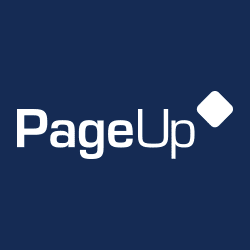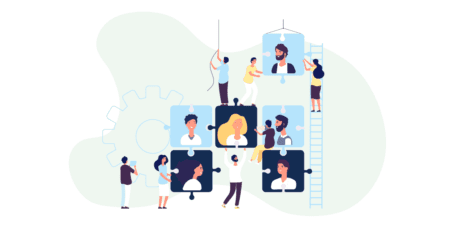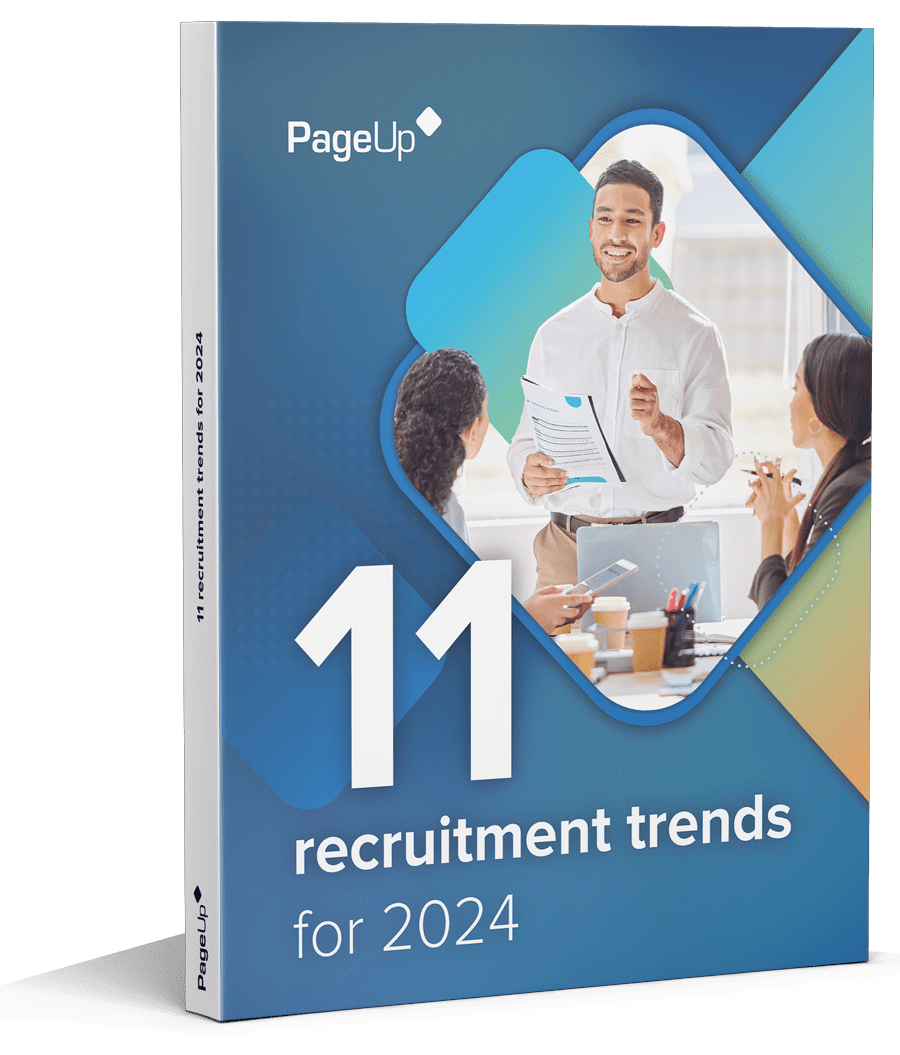How many times have you seen this scenario play out? You finally find the time to conduct a performance review with your team, identify a few development gaps, put some performance targets in place, and then cross your fingers as you exit the meeting in the hope they’ll find a way to address it. Then you tick employee performance reviews off your to-do list, before moving on to the next task.
Now let’s look at the flip side: Your employee has just had their long-awaited performance review and it was ‘okay’. They hit some of the key targets, but missed the mark on a few others. By the end of it they’re left feeling like you’ve set some arbitrary goals for them, but have no idea how to get there. The question they’re asking themselves as they leave the meeting is likely “what am I actually supposed to do to address the gaps we discussed today so that I can do my job better? Or, how will I find time to focus on my development in addition to my day job?”
These are fair questions – and questions you should help them answer well before their next performance review given the countless evidence that shows learning and development accelerates individual and organisationalorganizational performance. Research by Brandon Hall Group shows that the link between learning and performance improves performance 95% of the time.
The positive relationship between learning and performance is both intuitive and relatively well-documented, but the relationship between the two is not as straightforward as it seems. Not all learning leads to improved performance.
Research shows the causal relationship between the two depends on:
- What is being learned;
- How closely aligned the learning is to an individual’s’ performance goals, and;
- The time delay between learning and performance.
So how can you help your team excel in their careers? Ask yourself these simple questions:
- Can I provide my team with easy access to relevant learning material to help them close specific skill gaps identified?
- Can I track all forms of learning consumed (eg; informal vs formal)?
- Can our employee learning program at an organisationalorganizational level be tailored to meet the individual needs of my team?
- Can my team access tailored learning content that aligns to their development goals, in a simple and straightforward manner? For instance, can they access recommended reading remotely, such as during their daily commute?
These are big questions, but if you answered no to either of them, you may be experiencing a severe case of learning and performance hip dysplasia (ie; when your hip joints are severely out of whack!). From an HR technology standpoint, it could mean the left hand (e.g. your Performance Management framework) is most likely not talking to the right hand (e.g. your Learning Management System [LMS]). Even worse, if both of these programs reside in different places, a lack of visibility between the two can make it difficult for managers to identify and serve up relevant learning content that aligns to specific performance goals. This forces employees to have to navigate in and out of various systems to join the dots and make the connection themselves. In our experience, if it’s not easy for employees to view their performance goals, set their objectives and then complete the allocated learning, where and when they need it, they simply won’t find the time to do it.
Here are three big reasons Learning and Performance must be seamlessly connected:
 1. Employees today need to know where they’re going, AND how to get there.
1. Employees today need to know where they’re going, AND how to get there.
Today’s employees demand clarity. They want to know where they’re headed and how to get there in the quickest way possible. This is especially true when it comes to engaging Millennials who crave a sense of purpose and achievement (shout out to our Millennial peers!). Providing clarity removes confusion, and when an employee understands how they’re progressing and where they are falling short, they can be more effective, and so can the organisationorganization.
By having an integrated performance and learning process that identifies the employee’s objectives and assigns relevant learning, whether formal or informal, employees are provided with a clear pathway to success – and what better way to ensuring career progression within the organisationorganization and drive engagement?
 2. Embedding a high-performance culture requires every day learning and ongoing feedback
2. Embedding a high-performance culture requires every day learning and ongoing feedback
The difference between performance and learning is that performance is a goal that is achievable through learning. It’s something tangible that can be measured. Whilst learning is about honing our skills, and mastering new ones. It’s lifelong and we continue to do it throughout our lives, making us more aware of the environments we live and work in. One of the most effective ways employees learn is through the delivery of ongoing, regular feedback. It explains why many organisationsorganizations are now opting for more regular performance catch-ups throughout the year, in addition to the annual performance review.
Structured feedback, together with the ability to foster continuous conversations helps managers and employees stay future-focused and drive progress. Evidently though, many managers find giving regular, constructive feedback difficult, making it hard for employees to identify development gaps and tackle them quickly. A recent study found 76% of organisationsorganizations say that they lack leaders who are effective development coaches, but giving feedback doesn’t have to be bad news. Teams that focus on positive feedback and their strengths every day achieve 12.5% greater productivity.
Tightening the link between your Performance and Learning products can equip managers to become better development coaches. With a seamless talent management strategy in place, managers can identify strengths and weaknesses, initiate feedback and assign relevant learning without the awkwardness and confusion.
 3. The outcome of measuring learning needs to be performance, not learning itself.
3. The outcome of measuring learning needs to be performance, not learning itself.
According to a study by Brandon Hall Group, the number one driver for developing a learning strategy is to align L&D goals with the goals of the business. In other words, the outcome of learning needs to be performance and not simply learning itself. The impact on the business is the biggest ROI learning can have.
It’s not just about measuring the impact of traditional courses and development training either. Learning today must be simple, social and spontaneous to stick. Modern employees are being conditioned with informal, bite-sized content they can share with their peers every day in their private lives thanks to advancements in consumer technology. This expectation for how people want to consume information is entering the workplace. Leading organisationsorganizations are already starting to harness mobile technology like PageUp’s Everyday Learning App, to deliver bite-size learning content, such as blogs, articles and videos, which can be linked to their LMS, and encourage content sharing between peers. This is where being able to measure the effectiveness of your learning program on performance outcomes becomes important. If managers are not able to easily see cause and effect then it can be viewed as learning for learning’s sake.
Thankfully, recent research highlights that by incorporating more informal learning to the L&D mix, companies say they are better able to make that crucial link between learning and both personal and organisationalorganizational performance.
The research by Brandon Hall, which looked at organisationsorganizations that have annually improved KPIs such as revenue, market share and customer satisfaction, found that these organisationsorganizations:
- Support proactive learners — employees who take responsibility for their own development and seek out learning.
- Provide easy-to-use tools that present employees with opportunities to connect to formal and informal knowledge sources throughout the organisationorganization and;
- Present each and every employee with opportunities for development based on personal strengths, weaknesses, job roles, or interest from sources that go beyond their immediate leaders.
Increasing productivity is the Holy Grail for organisationsorganizations faced with the ongoing challenge of maximising and sustaining competitive advantage. Linking Everyday Performance with learning provides an easy way to ensure development discussions aren’t being left until the next annual performance review so that company and individual goals are always aligned. Seamlessly integrating continuous feedback and ongoing development channels helps employees to understand their contribution to the overall business goal and shows them how their development can have a real, profound impact on the greater success of the organisationorganization.
You might even boost employee morale and retention at the same time – and that alone is a good enough reason to look into that niggling hip problem you may be currently experiencing.
Click the links to find out more about how PageUp’s Learning and Performance Management can help you make employee development a truly simple, social and seamless experience. Or contact us to speak to one of our trained experts.
Fresh insights for HR
Stay up to date with HR trends, tips and more when you sign up for our industry newsletter






